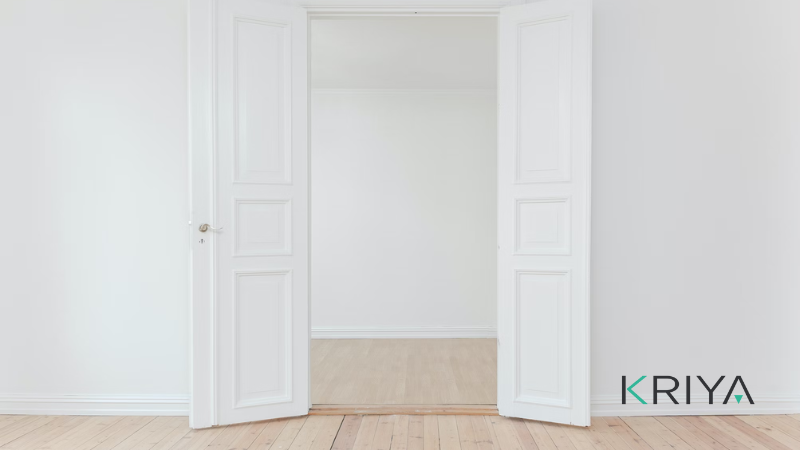
Leasing vs. Renting a Yoga Studio: Understanding the Key Differences
Yesterday my friend Biggy came to visit me. You know Biggy as I have mentioned about him in my other posts many a times. For those who don’t know him he is a young entrepreneur and yoga instructor who has a beautiful yoga studio on rent. He occasionally comes for a chit chat whenever he is in Glebe for his personal work which is not far from my place. This time he wanted me to look for a yoga studio for rent or hire.
Actually, Biggy currently has a basement space on rent, a type of a hall that Biggy has converted into his yoga studio to teach yoga to his students. But each year according to the rental agreement Biggy has to pay 10% more of rent which means, each year the rent is increased for this yoga studio.
Also the electricity bill is not included in the rent which adds more of cost to the rent. This year Biggy is thinking to switch and hire a yoga studio for lease. It’s not so easy to decide whether to have a yoga studio for rent or yoga studio for lease. There are many points to take into consideration and then think of taking the big step.
Going deep down the subject, me and Biggy followed the below points of discussion before taking a decision.
Table of Contents
The difference between a leasing a yoga studio and renting a yoga studio
In Australia, when you are searching for a space to establish your yoga studio, you need to make a choice between leasing and renting. Leasing involves a longer-term commitment, typically for a year or more. It offers more stability, and you have the freedom to personalize your space as per your requirement. Renting, on the other hand, is for a short term, offering flexibility to move out quickly if required. It can be a great option if you are just starting out or if you want to experiment with different locations. While both options have their advantages, it’s essential to weigh the pros and cons and choose the one that aligns with your business goals.
In Australia there are two types of tenancies one is Fixed term tenancies, for a specific period of time; and other is Periodic tenancies, which go either from week to week, or from month to month.
Both lease and rent are actually a legal agreement between the landlord and tenant. When you will see both the documents you will find that both are same but they are not as they have a difference in clauses and features.
The Lease Agreement
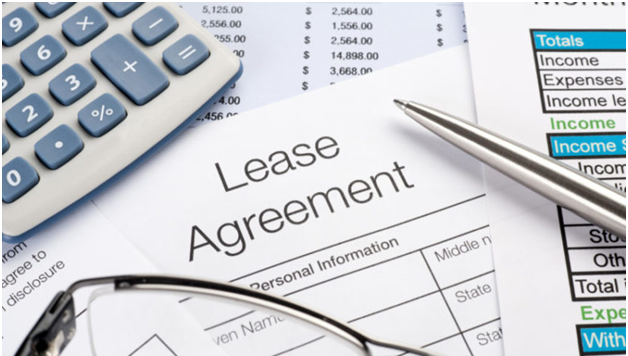
The lease agreement is actually a legal contract between you (tenant) and the landlord (actual yoga studio owner or yoga space) that covers the renting of property for long periods of time, usually a period of 12 months or more. The lease agreement is very specific in detailing the responsibilities of both parties during the lease and it includes all the necessary information to ensure that both parties are protected.
In a yoga studio for lease the time or length of the lease and the amount of your monthly rent are fixed and cannot be changed. This ensures that the actual owner or the landlord cannot arbitrarily just raise the rent and you also cannot just leave the property whenever you want without repercussion.
Also the actual yoga studio owner or the yoga space owner is not obligated to renew the terms of the old lease and is free to change terms and rental amounts if desired. That’s why some tenants yoga instructors or yoga teacher that go for yoga studio for lease prefer to sign a longer-term lease if the monthly rent is very reasonable and in an area where rents are likely to increase during the term of the lease.
The Rental Agreement
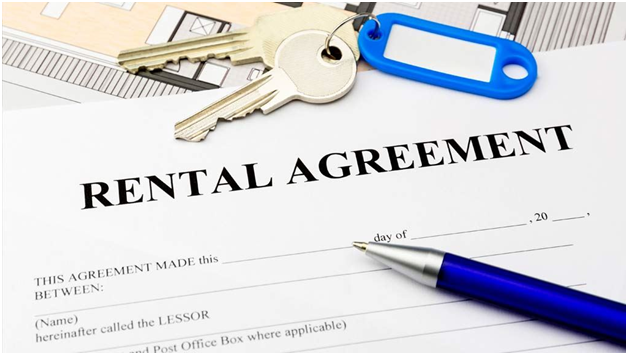
The rental agreement is not a long-term contract or time based and usually occurs on a month-to-month basis. This month-to-month rent agreement expires and then renews after year or each month upon agreement of the parties involved.
All the same stipulations are included in a rent agreement as are in a standard lease; however, either you who has hired the yoga studio or the landlord can alter the terms of the agreement at the end of each month. The landlord has the option to raise the rent or request that the tenant quit the premises without violating the rental agreement. The actual yoga studio owner or property owner must give a a period of say one month notice to quit, and you will have to vacate the studio within that time.
Points to remember before signing a rental agreement

There are certain important things to remember when you opt for yoga studio for rent
- Always insist on a written contract with the owner which is called a tenancy agreement, because this would keep you on safer side.
- In some Australian states, such as NSW and Victoria, a standard form is used by law, while in others there are usually minimum conditions which cannot be reduced by the yoga studio landlords or owners.
- The tenancy agreement states the responsibilities of both parties and provides a fair balance between the landlord and tenant and you should read it carefully before signing it. Remember that your rent agreement requires a commitment of 6 or 12 months with an option to renew.
- The actual studio owner is responsible for all his/her property taxes like council rates or other service charges and you who takes the yoga studio for rent only need to pay the utility costs.
- The property owner needs to maintain the space provided and ensure that basic services such as water, electricity and sewerage are in order and you as a renter need to take care of that. If by any chance the landlord is too busy or is located far from his property and cannot maintain it then you as a tenant can do so with his/her permission and send him the bills.
- At the end of your rental tenancy agreement, the landlord can terminate the agreement by giving 60 days’ notice before the end of the agreement. Also he or she may repossess a property for his own use or to sell it with vacant possession; he isn’t required to state his reason for terminating a contract.
- Most states have a Residential Tenancy Tribunal to investigate complaints by landlords and tenants, and disputes over bonds, evictions, excessive rents and repairs, and there may be grounds for a tenant to appeal against termination, like age, lack of alternative accommodation or poor health.
Note that a renting guide is available from estate agents explaining the rights and responsibilities of tenants and landlords. Some of you if belong to Asian or other communities may encounter discrimination, although it’s illegal under the Federal Discrimination Act in Australia. You can also obtain advice at a citizens’ advice bureau, community legal centre, consumer affairs office, legal aid commission or tenants’ advice centre. Most large cities also have a tenants’ union hotline. The local Office of Fair Trading in many states publishes a Renting Guide or Tenants’ Rights Manual in NSW
Click here to look at the Renting Guide or Tenants’ Rights Manual.
Also remember that in Australia both parties rights are well-protected by each states under the Residential Tenancy Act.
Points to remember before signing a lease contract

If you are thinking of taking up a yoga studio for lease then you need to take the following points into consideration.
- When taking a yoga studio for lease you need to ensure the time period of the proposed lease is long enough for you to recoup your investment and make your required profit from your yoga business. Because once your lease has expired the landlord is under no obligation to renew it and you may need to find alternative yoga space. Suppose you find a good yoga studio for lease in the main CBD area of Sydney and have lots of yoga students who are easily accessible to your yoga classes because of the centre of location in the city, your yoga business is running all smooth because of the location of your yoga studio but due to short lease term it will be a huge loss as you may need to vacate it after the agreement contract period. So to protect your yoga business at lease the lease term should be of maximum 5 year or more.
- Also see that the proposed lease provides you with options to renew so that you can continue running the studio from that place after the end of the initial term.
- Suppose you are starting out in yoga business and don’t have a proven track record, you may decide to negotiate a short initial term and short options to renew, such as a one-year lease followed by two, two-year options. This works well for small yoga studio business or who are new into setting up their yoga classes.
- Similarly if your yoga business is an established one and you are seeking security you may prefer to negotiate a longer term lease, like say a two-year lease followed by a three-year option and a five-year option.
- To exercise the statutory option a tenant must complete a Notice of Exercise of Option and give it to the landlord at least 30 days before the end of the lease.
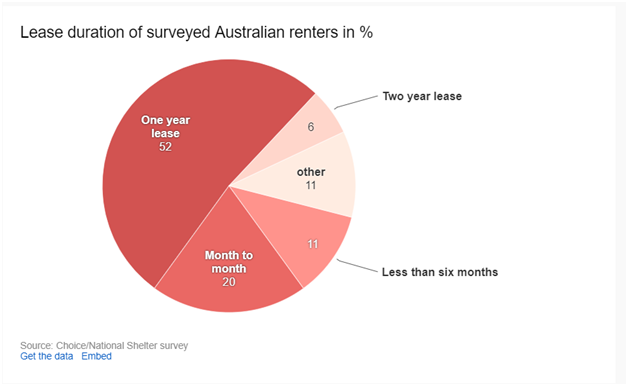
Your lease should include information on how and when you will need to inform the landlord that you want to extend your lease or renew its term. The CT Act requires the landlord to provide you with at least 6-12 months notice before you must exercise (action) your right to renew. Failure to exercise an option by the due date or in the manner set out in the lease may result in your lease not being renewed by the landlord.
It is important to ensure you can afford any proposed rent increases over the period of your lease and any renewal period. This depends on many factors such as consumer price index (CPI), fixed percentage increase, fixed amount and market rent.
You should ensure that the lease agreement allows you to do all the activities required to operate your business. This includes all the types yoga services you want to provide. Which means if you are currently practicing only hot yoga, you can also consider taking meditation or Pilates classes to expand your yoga business if you want.
Check with the lease permitted use which may also limit your opportunities to assign the lease to another person if you want to sell the business or leave the premises before the lease expires. You should try to negotiate a permitted use that is sufficiently broad enough to protect your future business interests.
Click here to know more about the Commercial Tenancy Agreements Act in Australia
The deposits you need to pay in advance on yoga studio for rent

If you are taking a yoga studio for rent then you are required to pay both rent in advance plus a rental bond, which functions as a security deposit in the event the tenant fails to pay rent, services, or incurs serious damage to the property.
The maximum advance rent is generally two weeks or a month´s rent, depending on the type of tenancy agreement and the state:
- In New South Wales, you need to pay rent advance for two weeks rent, if the rent is less than Au$300 a week; otherwise a month advance.
- In Queensland, one month’s rent for fixed term tenancies and two weeks rent for periodic agreements.
- In Tasmania, one month’s rent in advance is to be paid
- In Victoria, one month in tenancies where the rent is less than Au$350 week.
- In the Australian Capital Territory, again one month’s rent in advance to be paid
- In the Northern Territory, the maximum rent advance is one rental payment period.
Each state, except Tasmania, Western Australia and Northern Territory, has its own Rental Bonds office, and maximum rates for the rental bonds differ according to the rent, type of tenancy agreement and state where the tenancy takes effect.
The costs you need to bear on yoga studio for lease
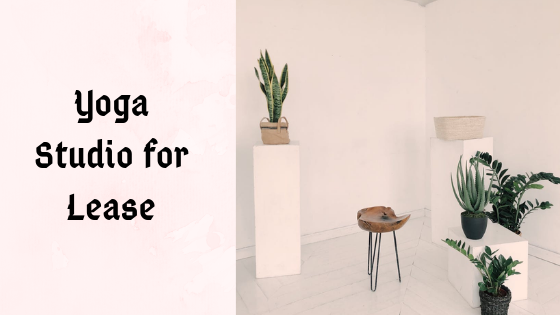
If you are taking a yoga studio on lease the costs associated with leasing are additional to the rent In some cases they may be ongoing and increase during the lease. Some of the common additional costs are:
Operating expenses: These are generally the costs incurred by the landlord in operating, repairing or maintaining the leased premises. These costs may include land tax, council rates, water rates, security, cleaning of common areas, and general repairs and maintenance. It is important for you to be aware of any operating expenses that you will be required to pay before signing a lease as they can significantly add to your overall costs. The lease should also stipulate that you should have access to invoices and receipts to confirm the actual operating expenses.
Insurance: You may be required as a term of the lease to take out insurance to cover such things as damage to the space or studio apartment and public liability. You should avoid any indemnity clauses in a lease that require you to compensate the landlord in the event of any loss, unlawful act or damage. These clauses can breach your insurance policy. It is a good idea to discuss any insurance clauses with your insurer before agreeing to them.
Click here to find the Professional Indemnity Insurance For Yoga Practices in Australia
Legal costs: The legal costs are associated with preparing and negotiating the lease can be agreed between you and the landlord. You should also avoid any clauses that require you to pay the landlord’s legal costs if there is a dispute. However, for leases regulated by the CT Act a landlord cannot require you to pay legal costs associated with the preparation, negotiation, execution, renewal or extension of a lease.
Security bond: You may be required to provide a security bond at the start of a lease; the amount is usually negotiable. If you agree to a bond, the lease should outline the conditions for the use, withholding and repayment of the bond. It is recommended the bond be placed in a separate interest bearing account that identifies the name of the tenant or details of the premises.
Fit-out costs: ‘Fit-out’ is the process or action of preparing the your yoga studio for yoga classes as required by the you and agreed to by the landlord. It can include installing things such as the wall and floor coverings, fixtures and fittings and more. Fit-out costs can be a major cost. Be sure to allocate sufficient budget towards it when considering leasing premises.
Repair and maintenance cost: Responsibility for repairs and maintenance should be clearly outlined in your lease such as roof, walls, air-conditioner, exterior fittings etc. As a tenant you may be responsible for the repairs and maintenance of the internal surfaces such as floor coverings, doors and windows and any equipment and fixtures provided by the landlord for your use.
Finally try to negotiate so that you aren’t obliged to pay for any expenses incurred by the landlord. If this isn’t possible, try to limit them so that it is only those that will be of benefit to your premises. Also negotiate a maximum level of increase over the term of the lease. When negotiating a lease check whether there are any clauses that allow the landlord to terminate the lease early. If there are, try to negotiate to have them removed.
Click hereto know as how to negotiate yoga studio for lease
Yoga studio space for rent near me
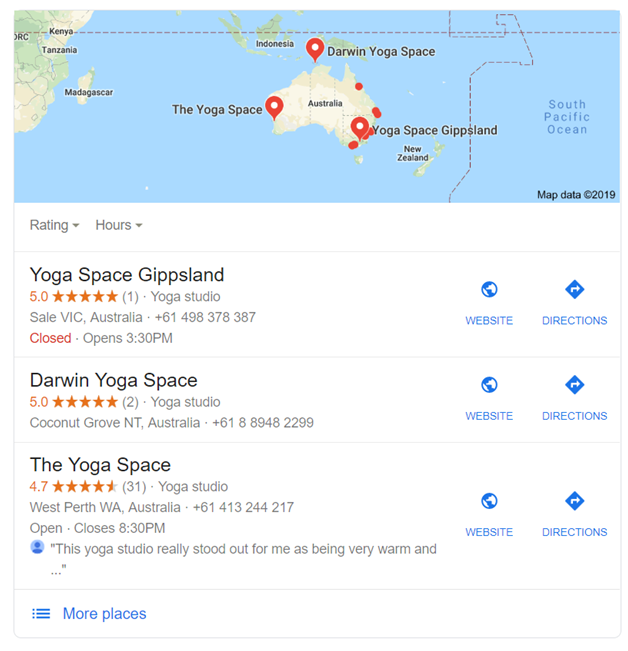
If you are looking for a yoga studio space for rent near me, the best option is to use any of the search engines online to find one, or join a social media yoga page to find one near you, or look out for advertisements on yoga studio for rent or hire.
Yoga studio for rent Sydney
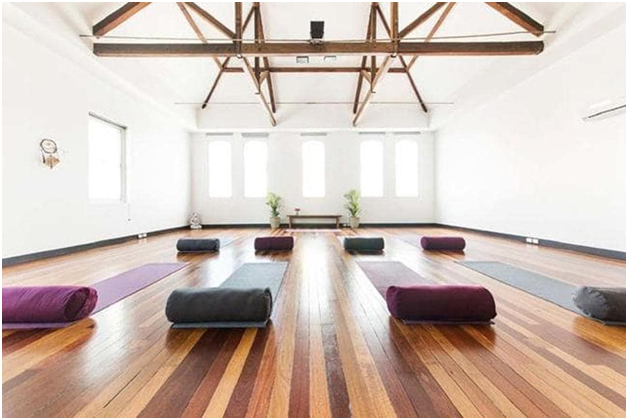
If you are looking for yoga studio for rent or hire in Sydney then you need to use the following methods to get instant results.
Join Sydney yoga teachers Face Book Page which offers so many yoga studio for rent Sydney options from different yoga members here.
Join Woodburn creatives as they advertise yoga studios for rent in Sydney
Click here to search yoga studio for rent Sydney on Gumtree
Click on halls for hire to find your yoga shall in Sydney
Click here to search yoga studio for rent in Sydney at Yelp
Finally remember that whether you go in at yoga studio for rent or yoga studio for lease it’s your personal choice. In both cases landlord benefits because in rental agreements the rent rise each year and also the owner re-negotiate the terms of the agreement from month to month. But if you think you need to stay at a certain place or you are not sure how long you wish to stay at that particular area yoga studio for rent is suitable choice even for small yoga business.
Going for yoga studio on lease also if benefits the landlord of stable income, it can benefit you because the rental amount is fixed and so is the time period of your stay at that particular area and length of lease and cannot be changed even if property or rent values rises which can be beneficial for those yoga teachers who want a fix place for their yoga business or a large yoga studio business.
Deciding whether to lease or rent a yoga studio can have a significant impact on your business and financial stability. It is essential to carefully review the rental agreement or lease contract, understand the costs involved, and consider your long-term goals before making a decision.
Whether you are looking for a yoga studio for rent near you or in Sydney, taking the time to consider your options and make an informed decision can set you up for success.
